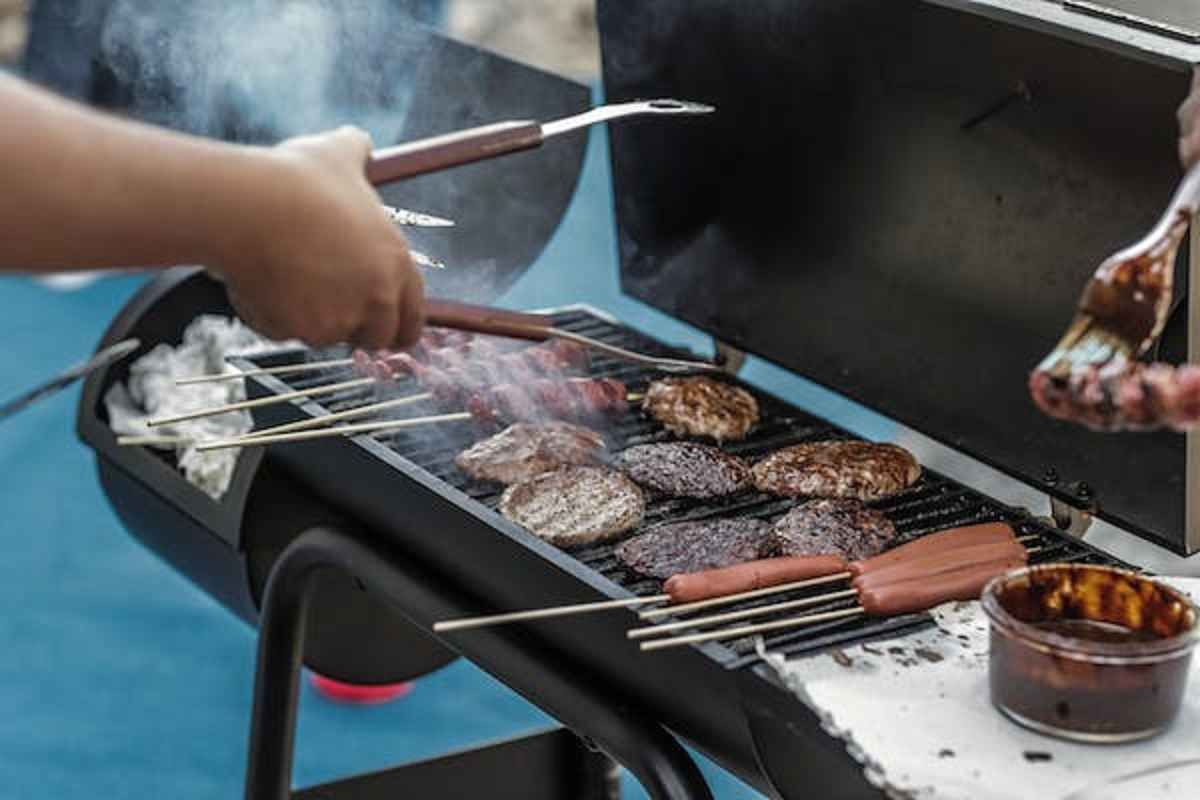This story draft by @cookfavor has not been reviewed by an editor, YET.
Crab Claws: A Delightful Culinary Experience

Cook's Favor is a culinary treasure nestled in the heart of the city. https://cookfavor.com/
About Author
Cook's Favor is a culinary treasure nestled in the heart of the city. https://cookfavor.com/